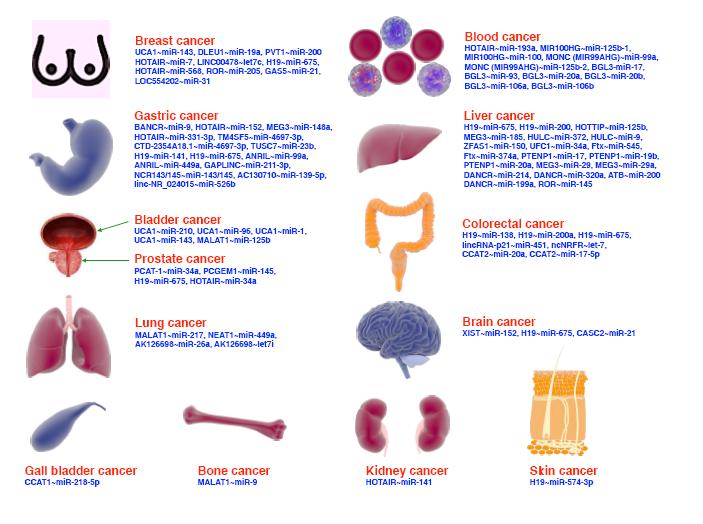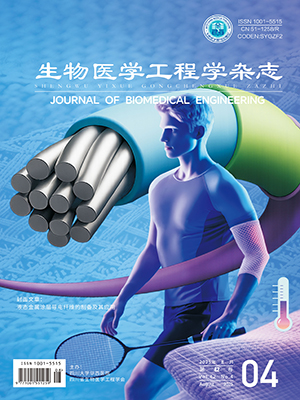This article aims to compare and analyze the biomechanical differences between wing-shaped titanium plates and traditional titanium plates in fixing acetabular anterior column and posterior hemi-transverse (ACPHT) fracture under multiple working conditions using the finite element method. Firstly, four sets of internal fixation models for acetabular ACPHT fractures were established, and the hip joint stress under standing, sitting, forward extension, and abduction conditions was calculated through analysis software. Then, the stress of screws and titanium plates, as well as the stress and displacement of the fracture end face, were analyzed. Research has found that when using wing-shaped titanium plates to fix acetabular ACPHT fractures, the peak stress of screws decreases under all working conditions, while the peak stress of wing-shaped titanium plates decreases under standing and sitting conditions and increases under forward and outward extension conditions. The relative displacement and mean stress of the fracture end face decrease under all working conditions, but the values are higher under forward and outward extension conditions. Wing-shaped titanium plates can reduce the probability of screw fatigue failure when fixing acetabular ACPHT fractures and can bear greater loads under forward and outward extension conditions, improving the mechanical stability of the pelvis. Moreover, the stress on the fracture end surface is more conducive to stimulating fracture healing and promoting bone tissue growth. However, premature forward and outward extension rehabilitation exercises should not be performed.
Citation: ZHANG Jianwu, WURIKAIXI·Aiyiti, LYU Gang, MAIMAIAILI·Yushan, MA Zhiqiang, MA Chao. Biomechanical study on wing shaped titanium plate fixation of acetabular anterior column and posterior hemi-transverse fracture under multiple working conditions. Journal of Biomedical Engineering, 2025, 42(2): 351-358. doi: 10.7507/1001-5515.202408037 Copy
Copyright © the editorial department of Journal of Biomedical Engineering of West China Medical Publisher. All rights reserved




